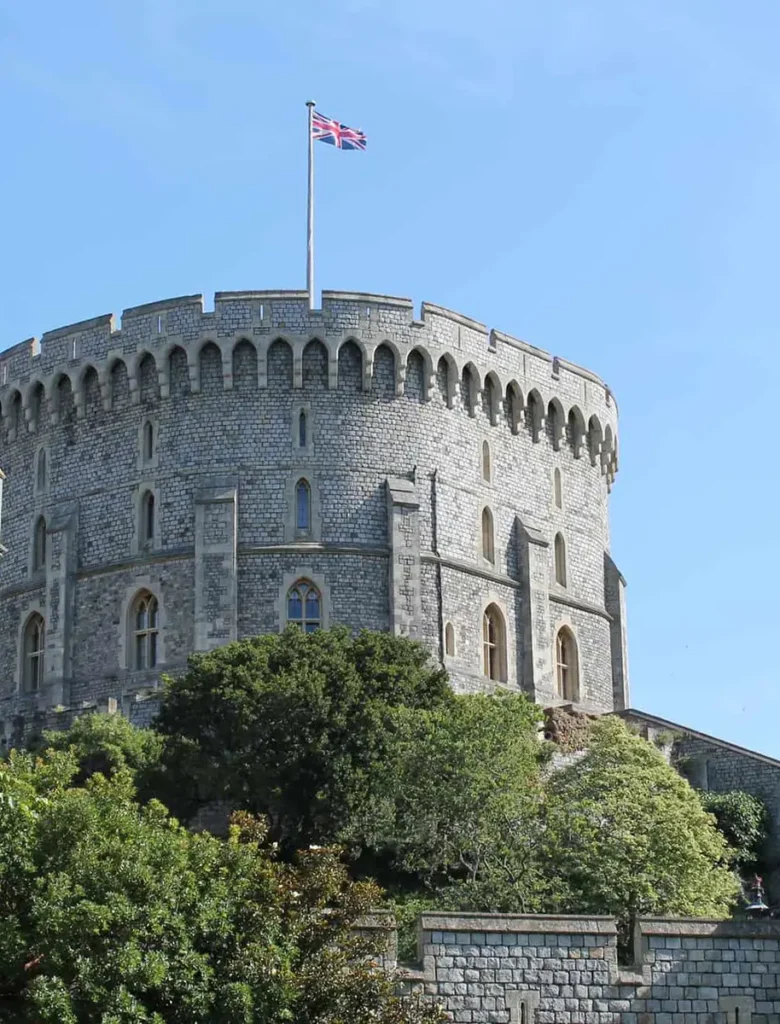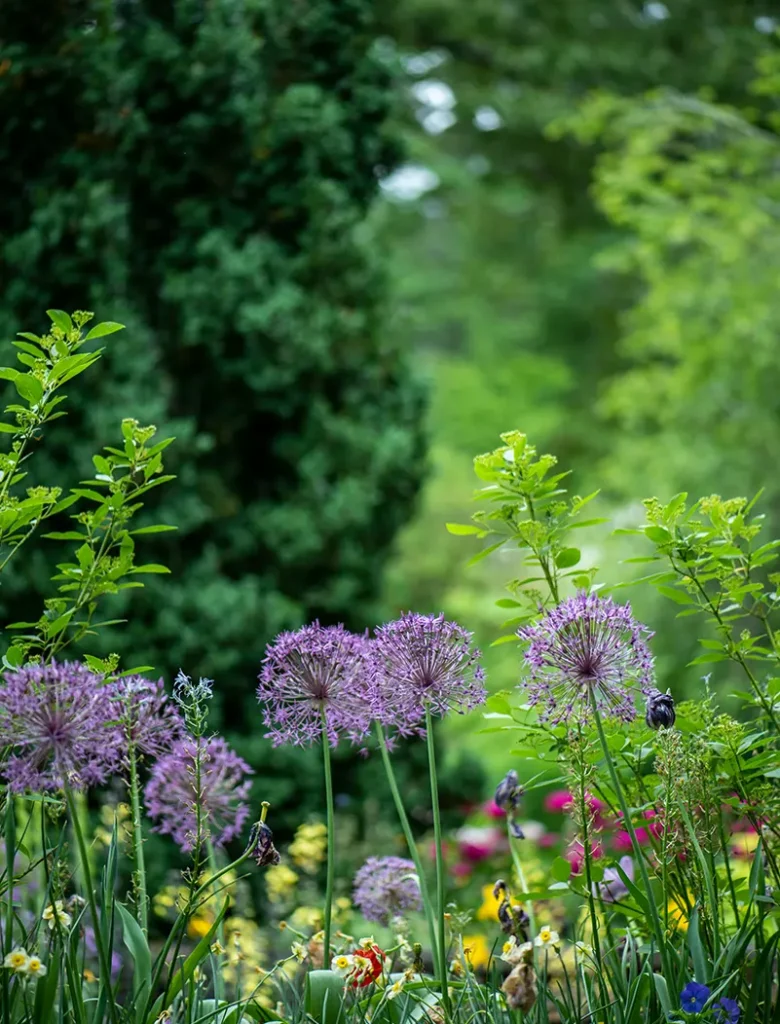Attractions & Culture
Discover Royal Windsor’s world renowned attractions, with Windsor Castle, the historic Windsor Great Park, and the beautiful River Thames all on your doorstep for you to explore.

Attractions
- Windsor Castle: The oldest and largest occupied castle in the world and official residence of The King. Visit Website
- Eton College: Historic boys’ school founded in 1440, with a rich tradition and beautiful architecture. Visit Website
- Theatre Royal Windsor: Intimate theater showcasing plays, musicals, and live performances in a Victorian-era building. Visit Website
- Royal Ascot Racecourse: Famous racecourse hosting the Royal Ascot, a highlight of Britain’s social and sporting calendar. Visit Website
- LEGOLAND® Windsor Resort: Family-friendly theme park with rides, attractions, and LEGO® displays. Visit Website

Parks and Tours:
- Windsor Great Park: Expansive 4,800-acre park with scenic trails, historic monuments, and ancient woodlands. Visit Website
- The Long Walk: Iconic 2.6-mile tree-lined avenue leading from Windsor Castle to the Copper Horse statue with stunning views.
- The Savill Garden: Beautiful ornamental garden within Windsor Great Park featuring seasonal displays, rare plants, and lake views.
- French Brothers Boat Tours: Relaxing boat trips on the River Thames offering unique views of Windsor Castle and Eton. Visit Website
- Windsor Duck Tours: Fun and informative amphibious tours of Windsor by road and river in a vintage-style “duck” boat. Visit Website

Shopping
Discover Windsor’s vibrant shopping scene, where luxury boutiques and high-street brands meet charming independent shops. Stroll through the historic Windsor Royal Station Shopping, or explore the unique finds along Peascod Street and Windsor Yards. From fashion to gourmet treats, Windsor offers a delightful shopping experience for everyone.
